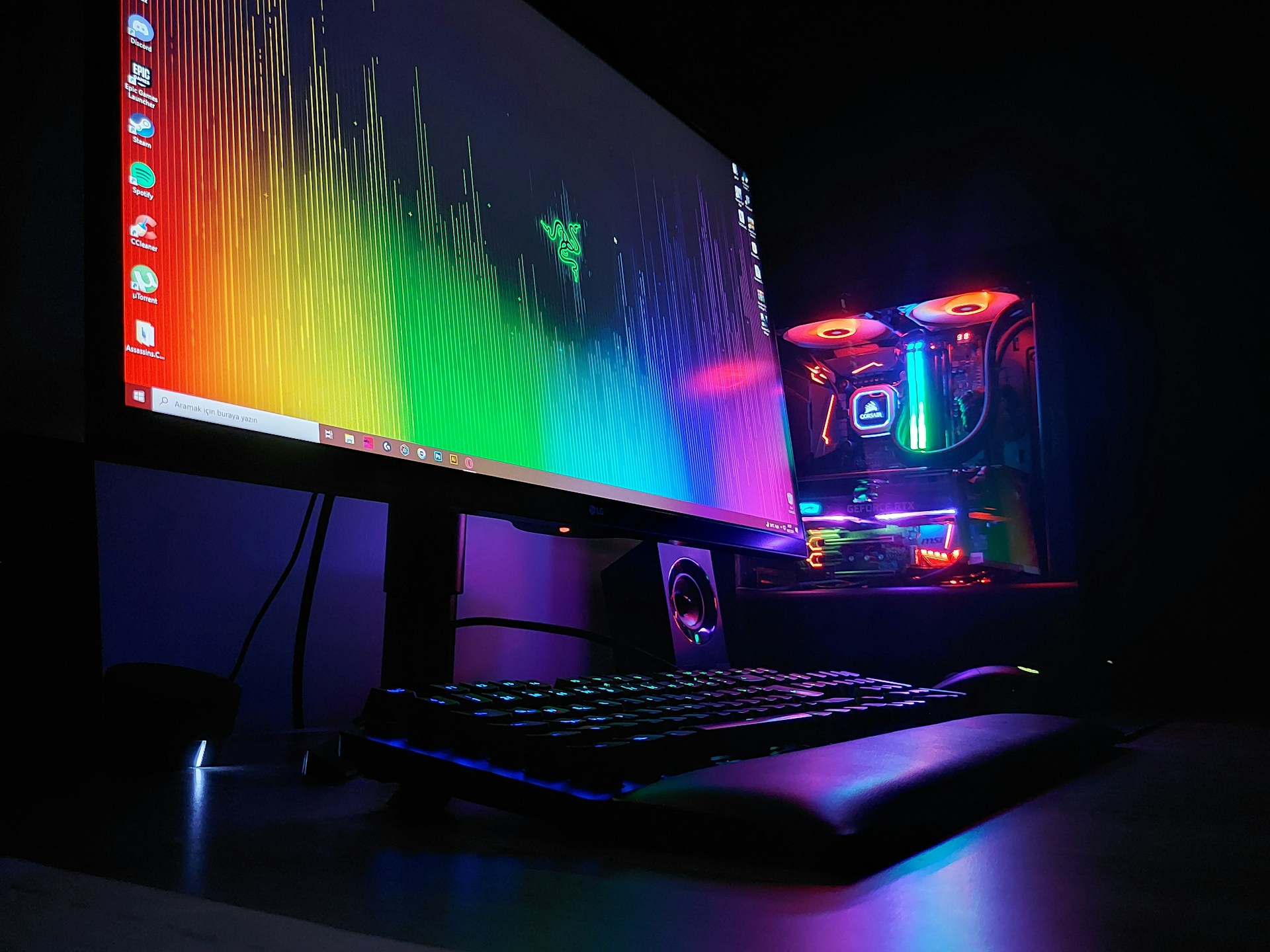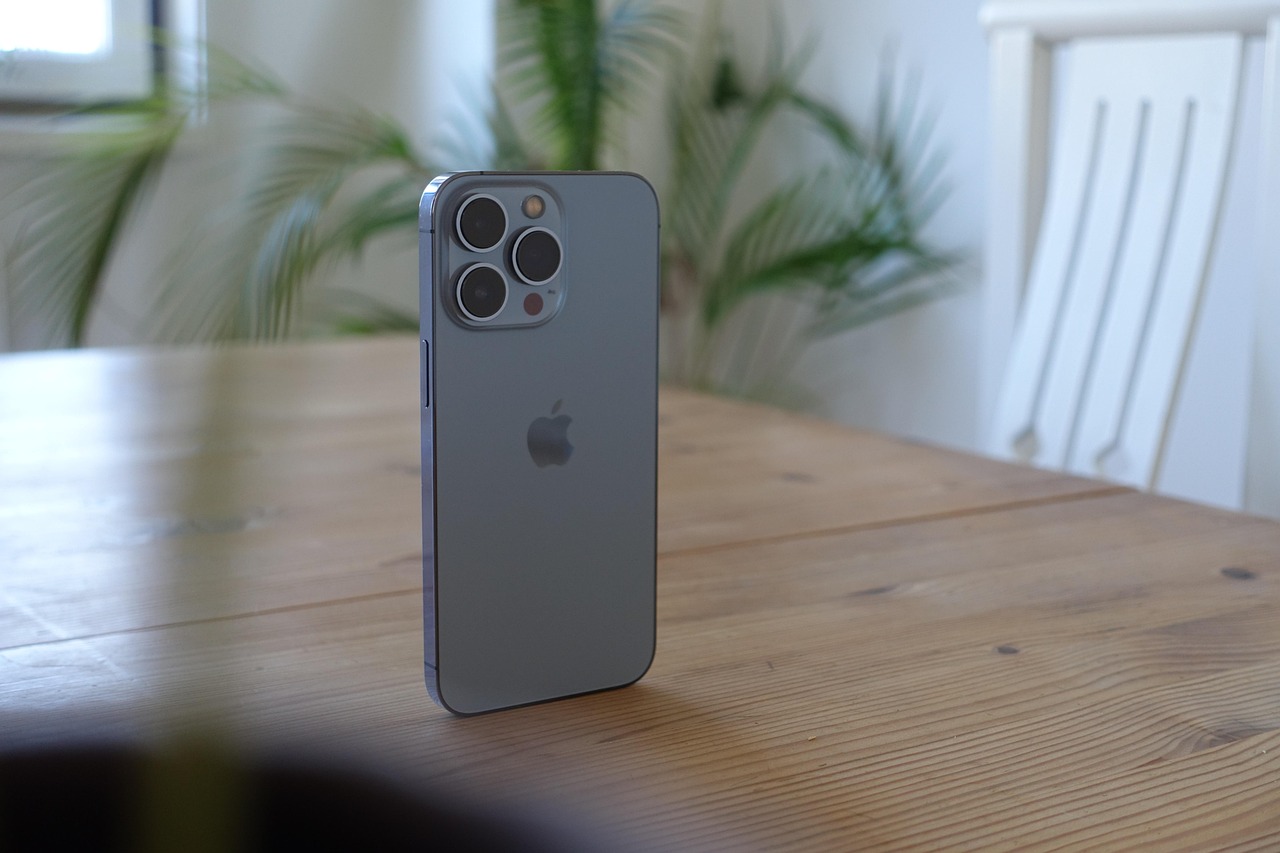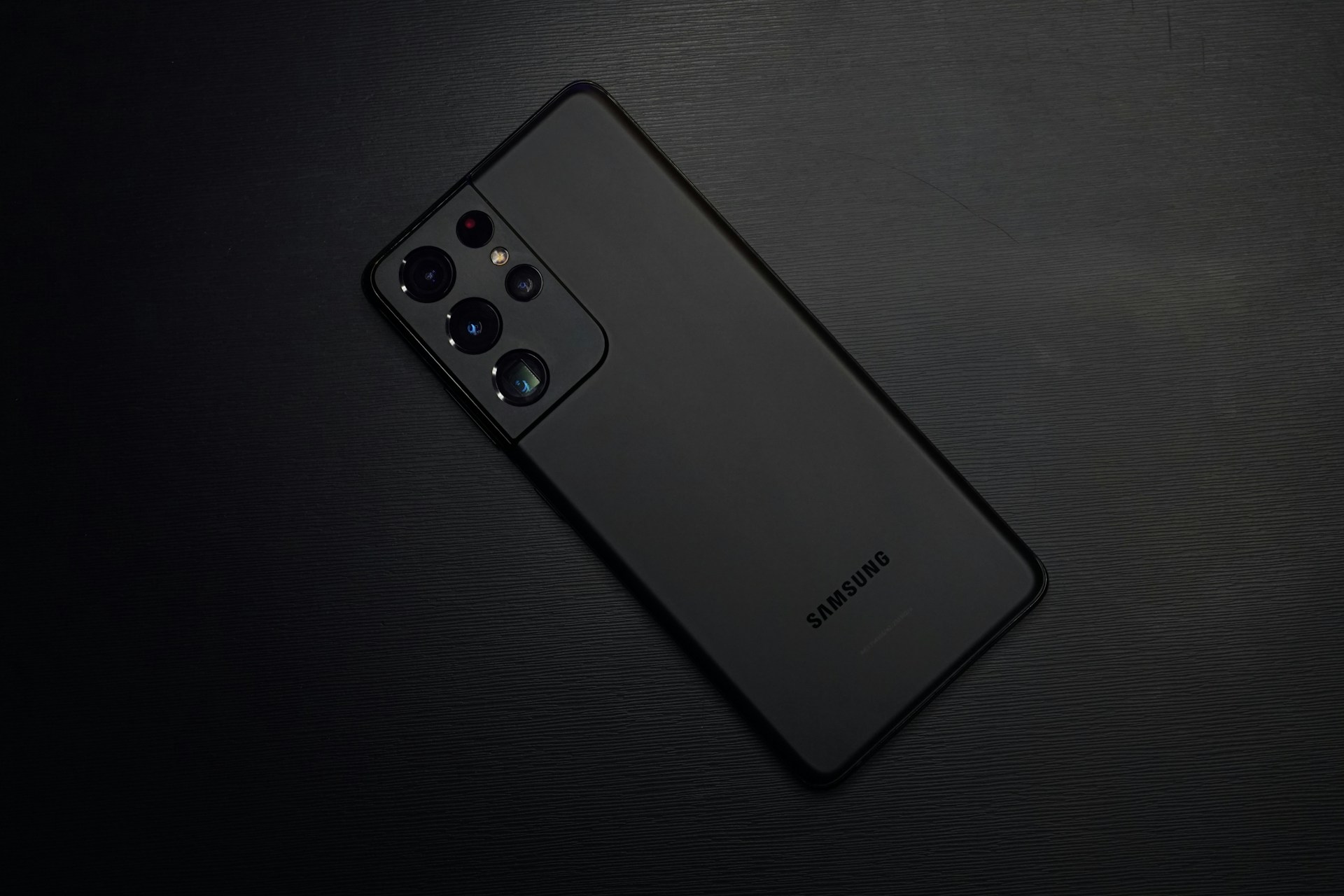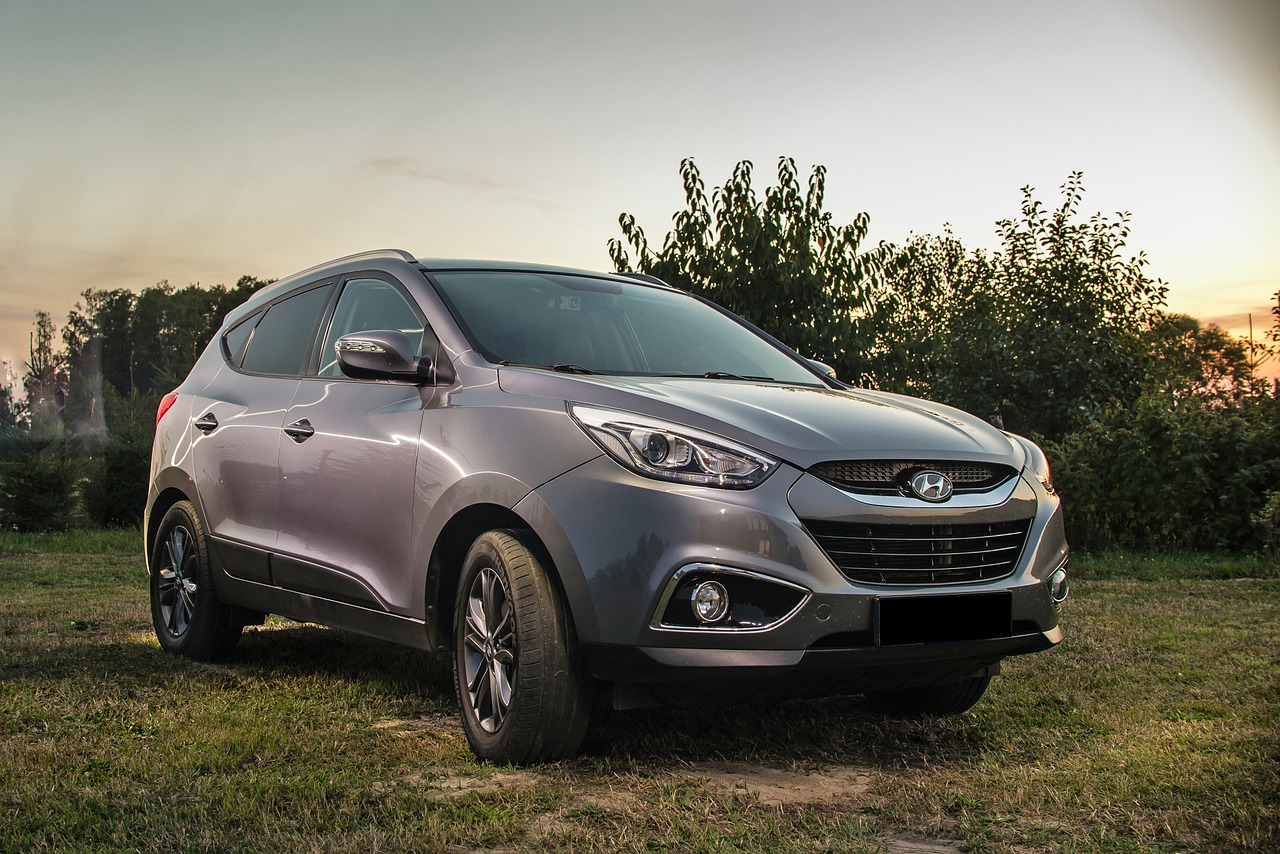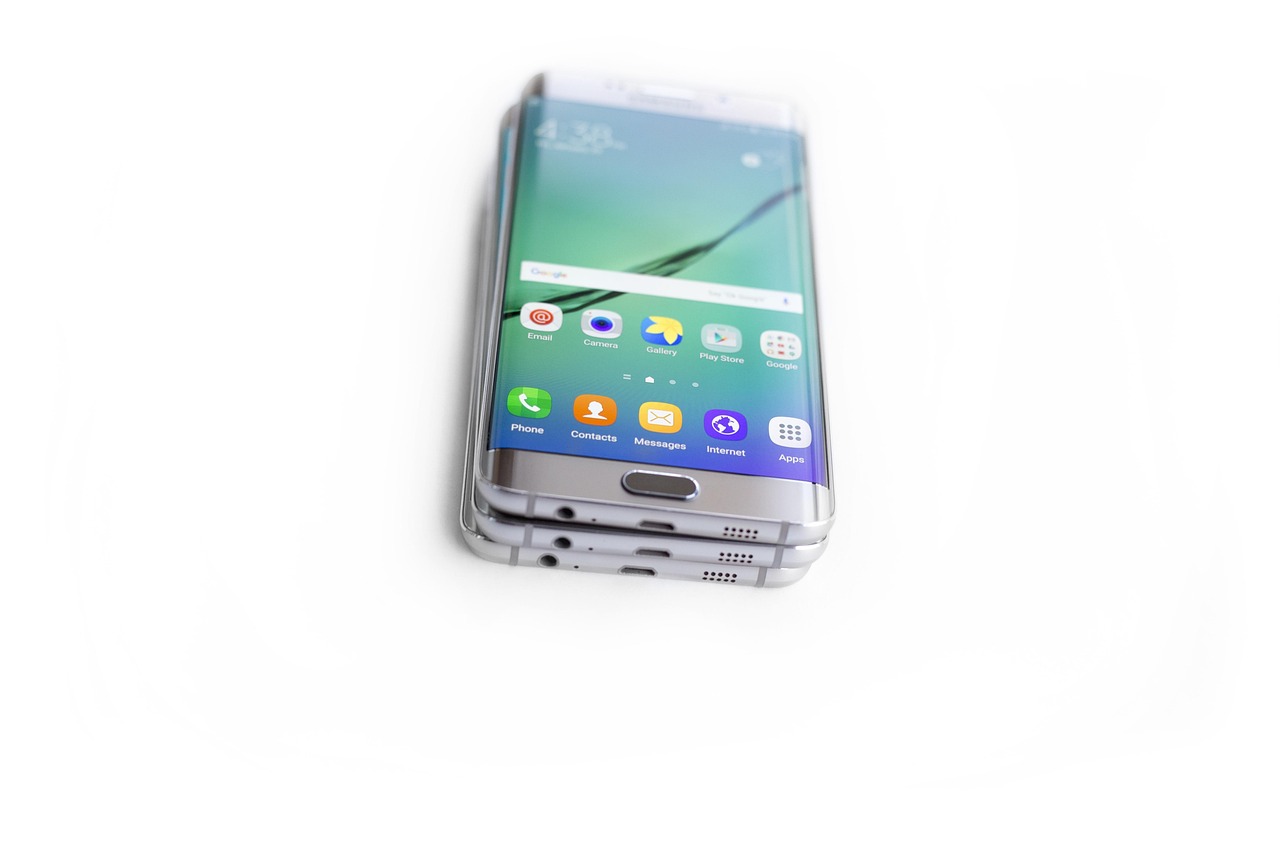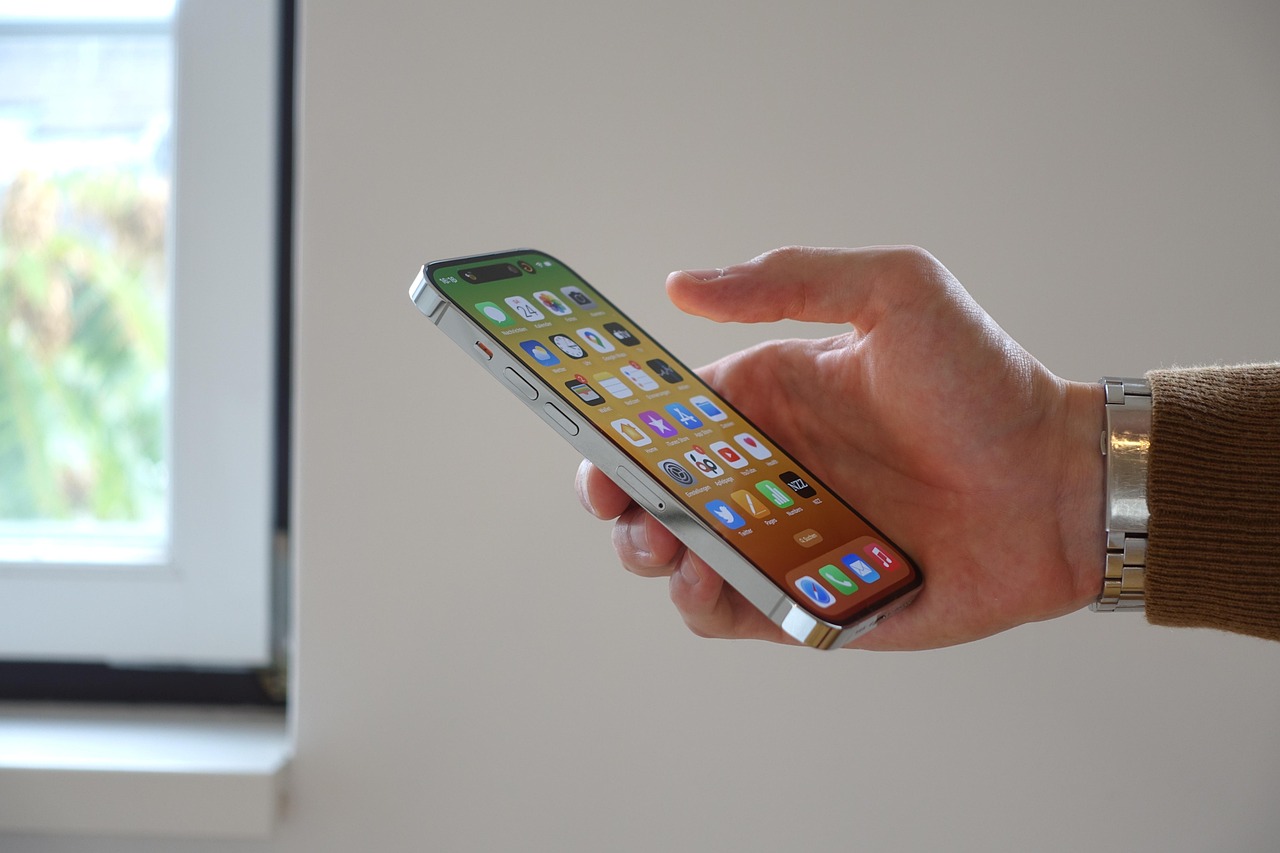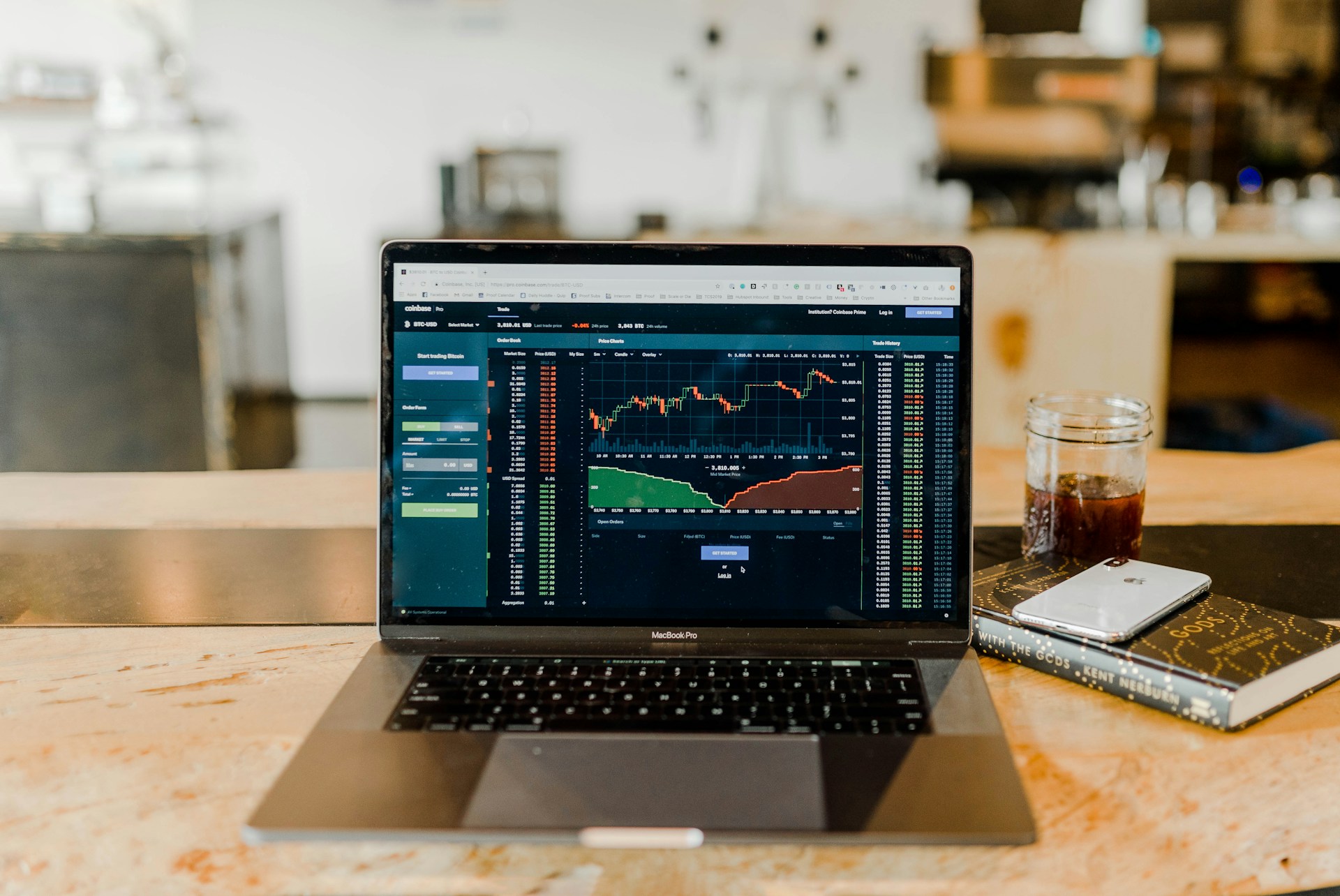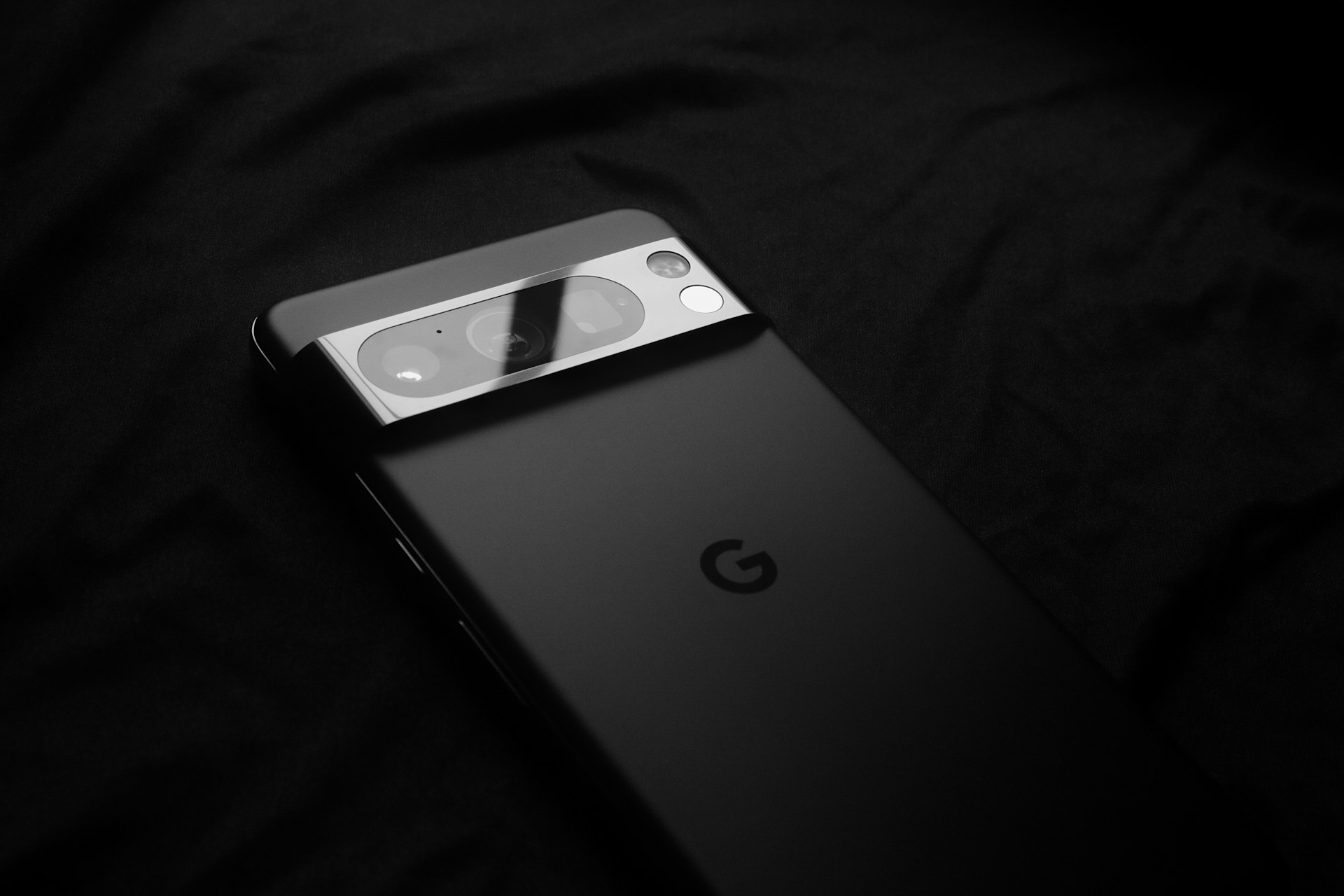Google Pixel 7a vs Pixel 7: Choosing Between Affordability and Premium Features
The debate between the Pixel 7a and Pixel 7 has intrigued many tech enthusiasts, even months after their respective releases. Although the Pixel 9 series is now making waves, the comparison between these two earlier models remains relevant, especially for those seeking the perfect balance of performance and value. The Pixel 7a, a member of Google’s A-series, continues to attract attention for its impressive price-to-performance ratio.
Released in May 2023, the Pixel 7a debuted over six months after the Pixel 7. While both devices are strikingly similar in many aspects, the Pixel 7a stands out as a slightly smaller, more budget-friendly alternative to the flagship Pixel 7. But does the price difference justify any compromises? Let’s delve into the key distinctions between the two models to help you decide which one suits your needs best.
Why Consider the Pixel 7a?
The most compelling reason to opt for the Pixel 7a is its price. Starting at $499, it’s $100 less expensive than the Pixel 7 while still packing Google’s powerful Tensor G2 chip, identical software features, comparable cameras, and similar battery performance. This makes the Pixel 7a an appealing option for budget-conscious buyers who don’t want to sacrifice too much in terms of functionality or performance.
However, the Pixel 7 does offer some premium perks that may tip the scales for certain users. Its slightly larger display, higher durability rating, and faster charging capabilities make it the better choice for those who value these extras.
Key Differences at a Glance
Here’s a quick breakdown of how the Pixel 7a and Pixel 7 compare:
- Price: Pixel 7a ($499) vs. Pixel 7 ($599)
- Display: Pixel 7 features a larger 6.3-inch screen, compared to the 6.1-inch display on the 7a.
- Build and Size: Both are similar in physical dimensions, but the 7a has thicker bezels.
- Performance: Both models use the Tensor G2 chip with 8GB of RAM, but the Pixel 7 handles gaming better with less thermal throttling.
- Battery Life: Both offer comparable battery sizes, delivering similar longevity.
- Durability: Pixel 7a has an IP67 rating, while the Pixel 7 boasts IP68, offering better water and dust resistance.
- Charging Speeds: The Pixel 7 charges faster. Meanwhile, the Pixel 7a’s wireless charging is notably slow.
- Camera Quality: While still good, the Pixel 7a’s video quality doesn’t match the superior output of the Pixel 7.
Design and Build
At first glance, the Pixel 7a and Pixel 7 look nearly identical, but subtle differences set them apart. The Pixel 7a is slightly smaller, thanks to its 6.1-inch display compared to the 6.3-inch panel on the Pixel 7. Despite this, the overall dimensions are almost the same due to the Pixel 7a’s thicker bezels, which some users might find less appealing.
In terms of durability, the Pixel 7’s IP68 rating offers better protection against water and dust compared to the IP67-rated Pixel 7a. This may be an important factor for those who frequently expose their phones to harsh conditions.
Performance and Gaming
Both models are powered by the Tensor G2 chip and come equipped with 8GB of RAM, ensuring smooth performance for everyday tasks and advanced features. However, the Pixel 7 shines in gaming scenarios, with less thermal throttling under heavy loads. Gamers or those who use their phones for demanding tasks may prefer the Pixel 7 for its consistent performance.
Battery Life and Charging
While both phones feature similar battery capacities, the Pixel 7 edges out its counterpart in charging efficiency. The Pixel 7 supports faster wired charging, making it more convenient for users who need quick power-ups. On the other hand, the Pixel 7a offers wireless charging, but its speed is disappointingly slow, making it less practical for users who rely on this feature.
Camera Comparison
Google’s Pixel phones are renowned for their excellent camera capabilities, and both models deliver impressive results. However, the Pixel 7 takes the lead when it comes to video quality, offering more refined and detailed output. For users who frequently capture video content, this could be a decisive factor.
Which One Should You Choose?
The choice between the Pixel 7a and Pixel 7 boils down to your priorities. If you’re looking for a cost-effective option that doesn’t skimp on essential features, the Pixel 7a is a fantastic choice. It provides nearly the same experience as the Pixel 7 at a more accessible price point.
However, if you value better gaming performance, faster charging, enhanced video quality, and a more premium build, the Pixel 7 justifies its higher price tag.
As new models like the Pixel 8a continue to emerge, the competition in Google’s lineup grows fiercer. Nevertheless, both the Pixel 7a and Pixel 7 remain strong contenders for anyone seeking a capable and feature-rich smartphone
